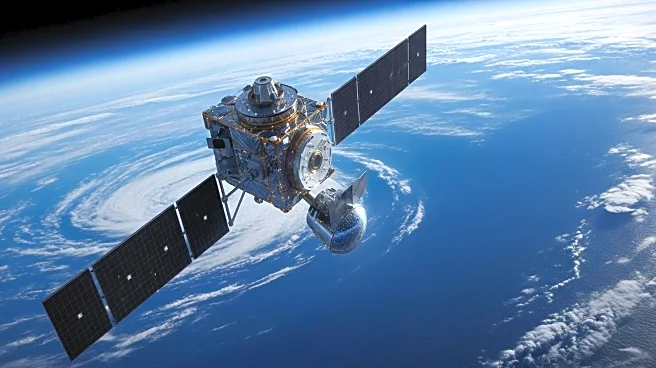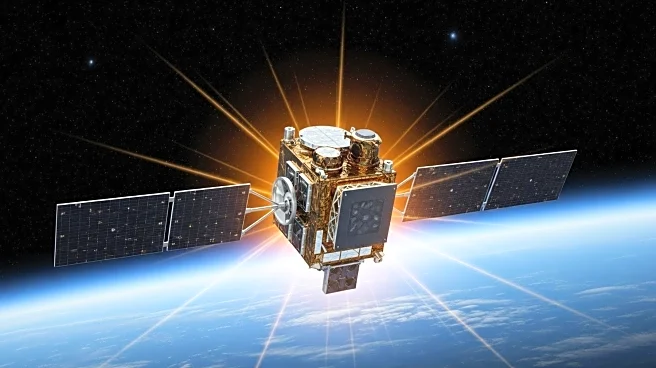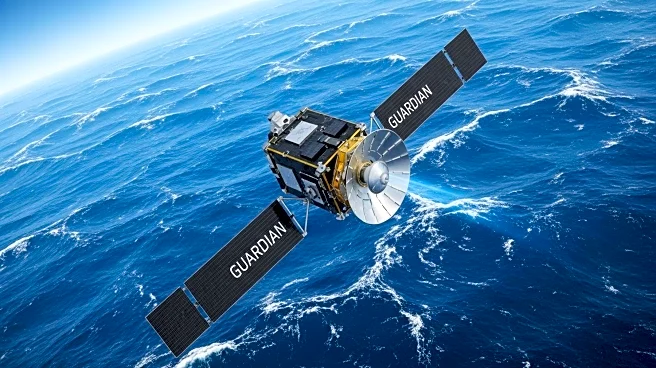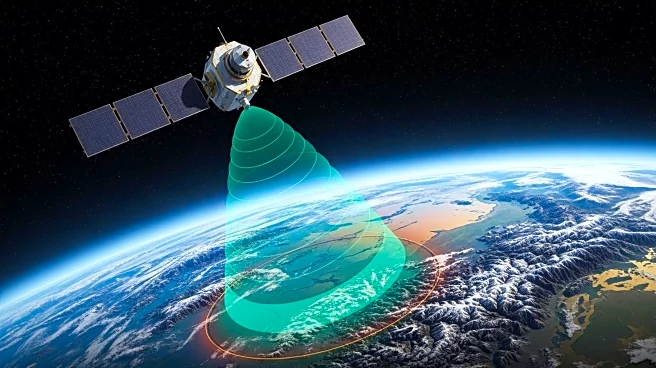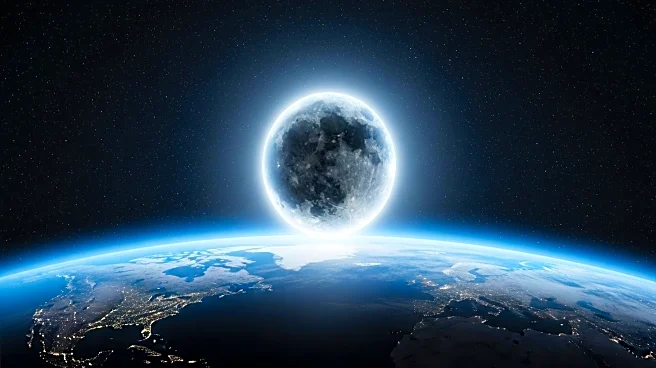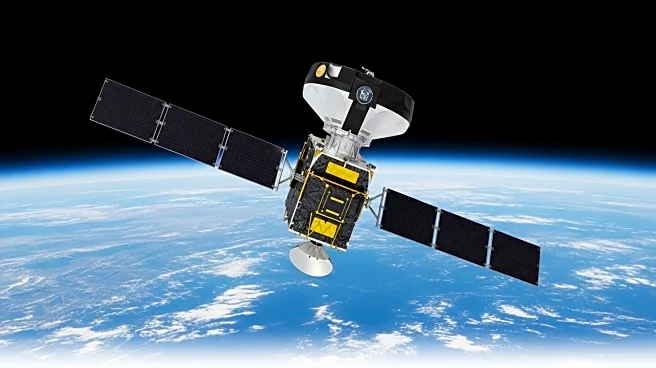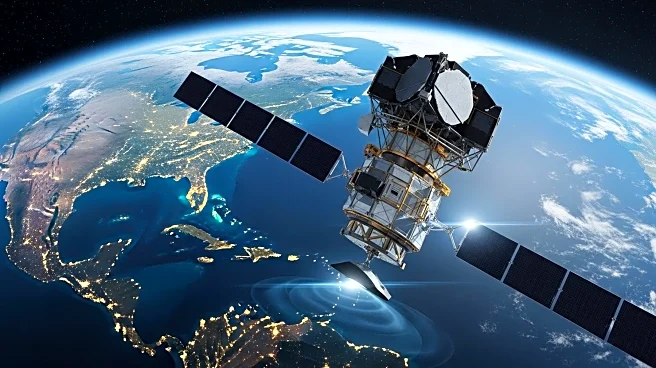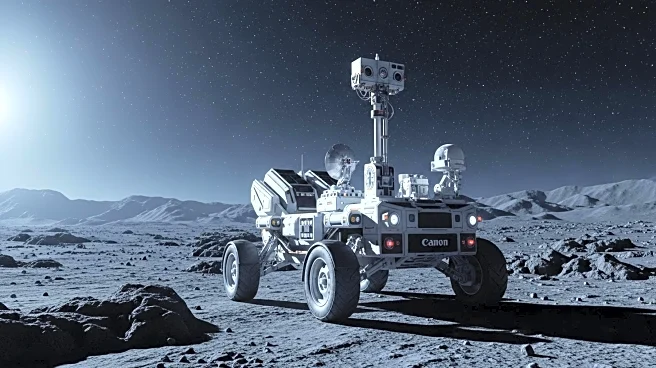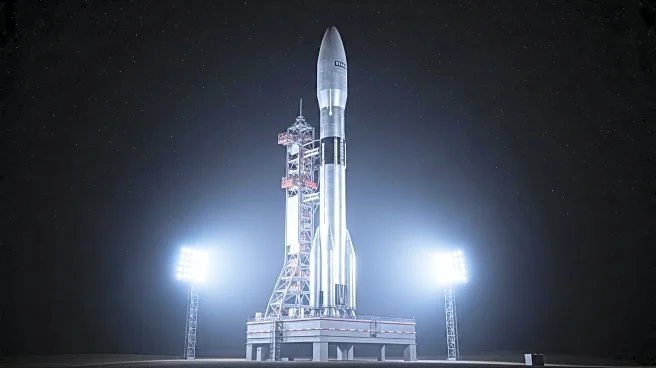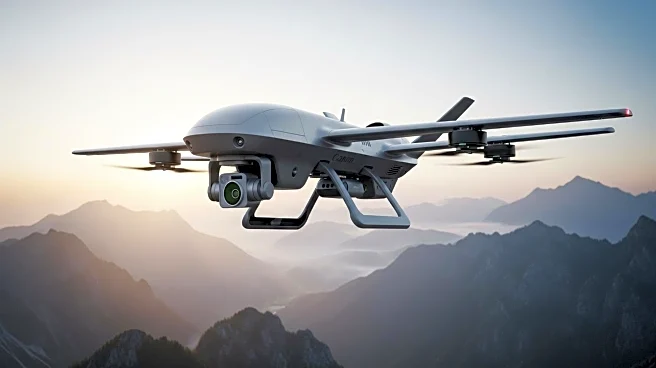What's Happening?
NASA's GUARDIAN system has successfully detected atmospheric waves triggered by a tsunami within minutes of a magnitude 8.8 earthquake off Russia's Kamchatka Peninsula. Developed by the Jet Propulsion Laboratory, GUARDIAN uses satellite data to identify atmospheric signals generated by tsunamis, providing alerts up to 40 minutes before the tsunami reached Hawaii and other Pacific regions. The system leverages Global Navigation Satellite Systems (GNSS) to monitor Total Electron Content in the ionosphere, offering rapid detection capabilities that complement existing seismic and ocean-based warning systems.
Why It's Important?
GUARDIAN's ability to detect tsunamis quickly and accurately enhances global disaster response efforts, potentially saving lives by providing earlier warnings. The system's reliance on atmospheric monitoring offers a new layer of data that can confirm tsunami occurrences, supporting evacuation and emergency planning. This technology represents a significant advancement in natural hazard detection, improving the resilience of coastal communities against tsunami threats.
What's Next?
NASA plans to continue refining GUARDIAN's capabilities, integrating it with other disaster monitoring systems to provide comprehensive early warning solutions. The system's success in detecting the Kamchatka tsunami will inform future developments, potentially expanding its use to monitor other natural hazards. Collaboration with international partners may enhance global tsunami forecasting and response strategies.
Beyond the Headlines
GUARDIAN's innovative approach to tsunami detection underscores the importance of leveraging space-based technologies for disaster management. By focusing on atmospheric signals, the system offers a unique perspective that complements traditional methods, paving the way for more integrated and effective hazard monitoring solutions.

